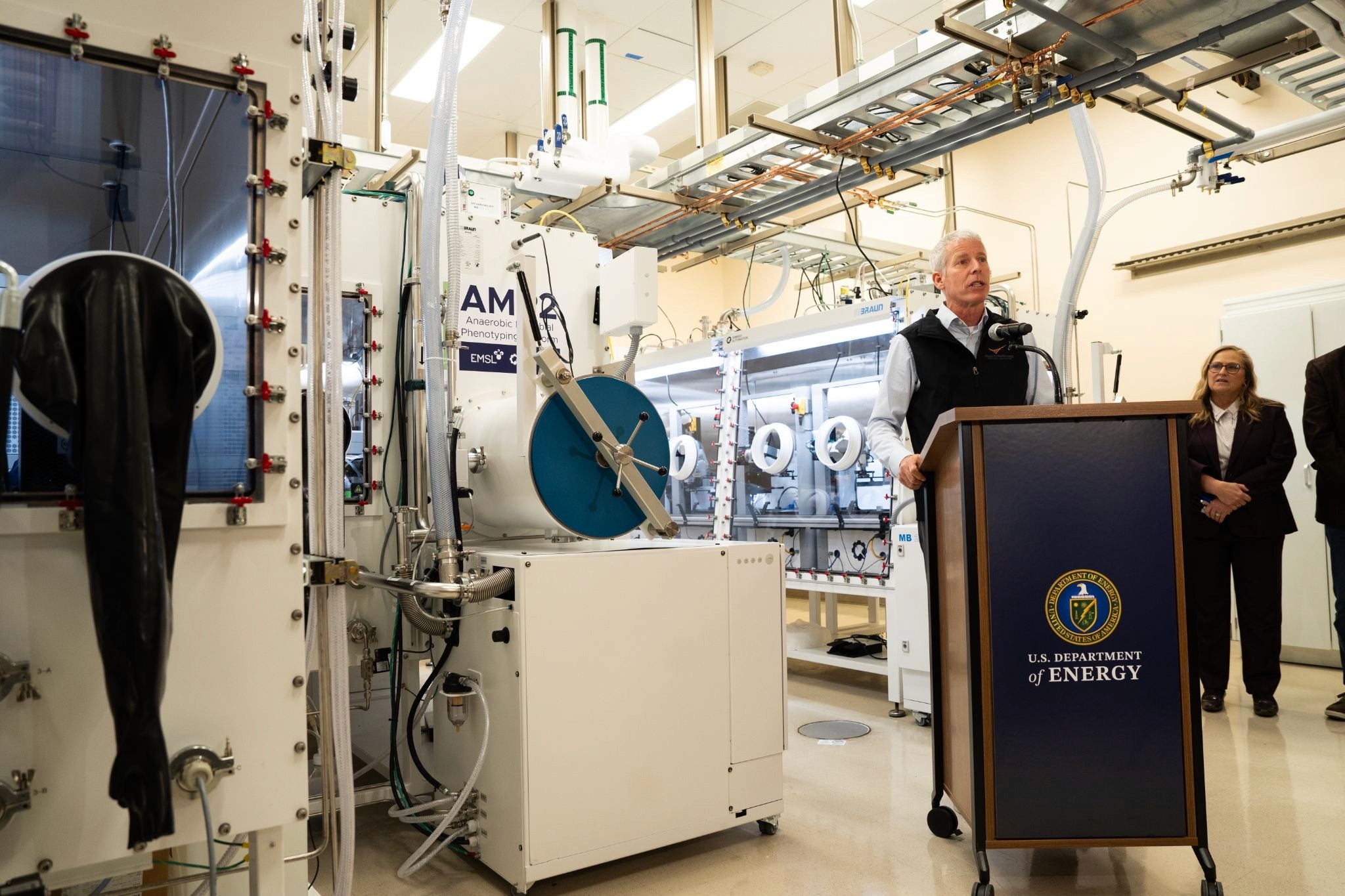A Swiss Army Knife for Gene Editing
Penn Engineering researchers have developed mvGPT, a compact, versatile system capable of targeting multiple genetic conditions simultaneously
Jan 9, 2025
[DALL-E]
In the realm of groundbreaking technologies, transformative inventions often merge existing tools in innovative ways. The iPhone, for example, fused the telephone, web browser, and camera into one cohesive device. A similar paradigm shift is occurring in the field of gene editing, where a single tool now promises to address multiple genetic challenges simultaneously.
Researchers at the University of Pennsylvania’s School of Engineering and Applied Science (Penn Engineering) have unveiled a revolutionary approach to genetic technology. As described in a new study published in Nature Communications, their development, called minimal versatile genetic perturbation technology (mvGPT), integrates gene editing with the ability to independently activate or suppress gene expression. This cutting-edge platform could redefine how we treat genetic diseases and explore DNA's intricacies.
Merging Gene Editing and Expression Regulation
“Not all genetic diseases are solely caused by errors in the genetic code itself,” explains Sherry Gao, senior author of the study and Presidential Penn Compact Associate Professor in Chemical and Biomolecular Engineering (CBE) and Bioengineering (BE). “In some cases, diseases with genetic components—like type I diabetes—are due to how much or little certain genes are expressed.”
Traditional methods for addressing genetic abnormalities often required separate tools for editing DNA and modifying gene expression. However, mvGPT combines these capabilities into one streamlined platform. This integration allows researchers to simultaneously perform precision DNA edits while upregulating or downregulating gene activity—tasks that were previously unachievable in tandem.
One Tool, Many Possibilities
Tyler Daniel, a doctoral student in Gao’s lab and co-first author of the study, underscores the novelty of mvGPT. “We wanted to build a single platform that could precisely and efficiently edit DNA as well as upregulate and downregulate gene expression,” he explains.
The innovation hinges on combining an enhanced “Prime Editor” for precise DNA modifications with advanced technologies for regulating gene expression. This integration allows each function—editing, activation, and suppression—to occur independently and simultaneously.
“It’s like fixing a car’s navigation system while also adjusting the stereo and air conditioning—all at the same time,” adds Daniel.
A Versatile Breakthrough
To showcase mvGPT’s capabilities, the researchers tested it on human liver cells harboring a mutation linked to Wilson’s disease. The tool successfully removed the mutation while simultaneously upregulating a gene associated with type I diabetes treatment and suppressing another implicated in transthyretin amyloidosis. The results demonstrated exceptional precision, proving mvGPT’s potential to tackle multiple genetic conditions in one go.
Another advantage of mvGPT is its compact size, which makes it easier to deliver into cells compared to using multiple tools. The researchers successfully delivered the system via mRNA strands and viral vectors, ensuring flexibility for therapeutic applications. “When you have a single tool that can accomplish all of these things at the same time, you simplify the process,” says Gao.
Looking Ahead
With promising results in human cells, the team’s next step is to test mvGPT in animal models and expand its application to other diseases with genetic components, such as cardiovascular disorders. “The more advanced our tools become, the more we can do to treat genetic diseases,” Gao concludes.
This innovation represents a leap forward in precision medicine, where fewer tools can achieve more targeted results. mvGPT could pave the way for transformative treatments for complex diseases, offering hope to millions affected by genetic disorders.


















